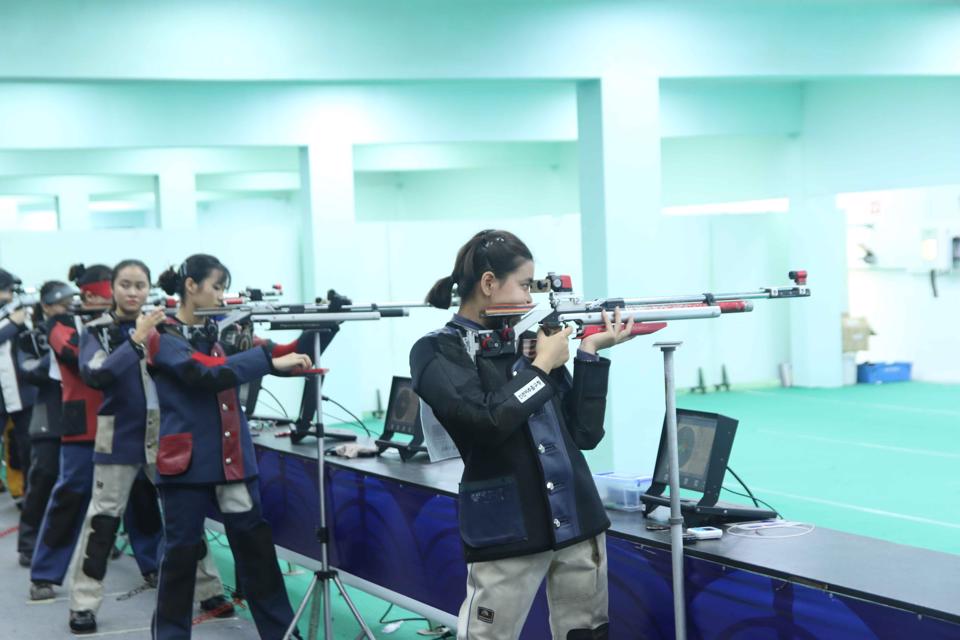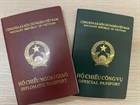The Minister of Health promulgates Circular No. 50/2015/TT-BYT (Circular 50), effective from March 1, 2016, regulating the inspection of hygiene and quality of drinking water and domestic water.
Finished water is the product of water that has completed the final stage of the water treatment process and is introduced into the pipeline network or water distribution means for supply to organizations and individuals for use. The competent state authority directly inspects the sanitation and quality of the water through internal and external checks. Before being put to use, it must undergo quality testing stages through standards and regulations to ensure safety for users.

Circular 50 presents the following finished water quality testing criteria:
- For water supply facilities with a design capacity of 1,000 m3/day or more: test all indicators at levels A, B, C according to National technical regulation on drinking water quality through technical factor regulations such as:- Sensory and inorganic component indicators: color; taste; turbidity; pH; hardness; content of Aluminum, Ammonium, Barium, Fluoride, Hydrogen sulfide,...; Permanganate Index- Content of organic substances: Chlorinated Alkanes group; Aromatic Hydrocarbons; Chlorinated Benzene group; complex organic substances group.- Pesticides: Alachlor; Bentazone; Chlorotoluron;...- Disinfectants and by-products: Monochloramine; residual Chlorine; Bromate;...- Radiation levels: Total alpha, beta activity;- Microorganisms: Total Coliform; E. coli or heat-resistant Coliform- For water supply facilities with a design capacity of less than 1,000 m3/day: test all indicators at levels A, B according to National technical regulation on domestic water quality through technical regulations such as:- Color; Taste; Turbidity; Residual Chlorine; pH;- Ammonium content; Total Iron content (Fe2+ + Fe3+); Fluoride content- Permanganate Index;- Hardness calculated as CaCO3- E. coli or heat-resistant Coliform;...
The water quality testing must be carried out at laboratories meeting the standards of ISO/IEC 17025: 2005 for the tested water quality indicators and supervised periodically and irregularly.
In case of detecting that sanitation or water quality does not meet the regulations, the water supply facility must immediately rectify the causes leading to non-compliance with sanitation and water quality regulations and report the rectification results to the competent state authority; if rectification is not possible, it must immediately report to the managing agency, competent state authority, local government where the water supply facility is located, and the Department of Health for resolution measures or consideration of stopping water production and supply.
 Article table of contents
Article table of contents









